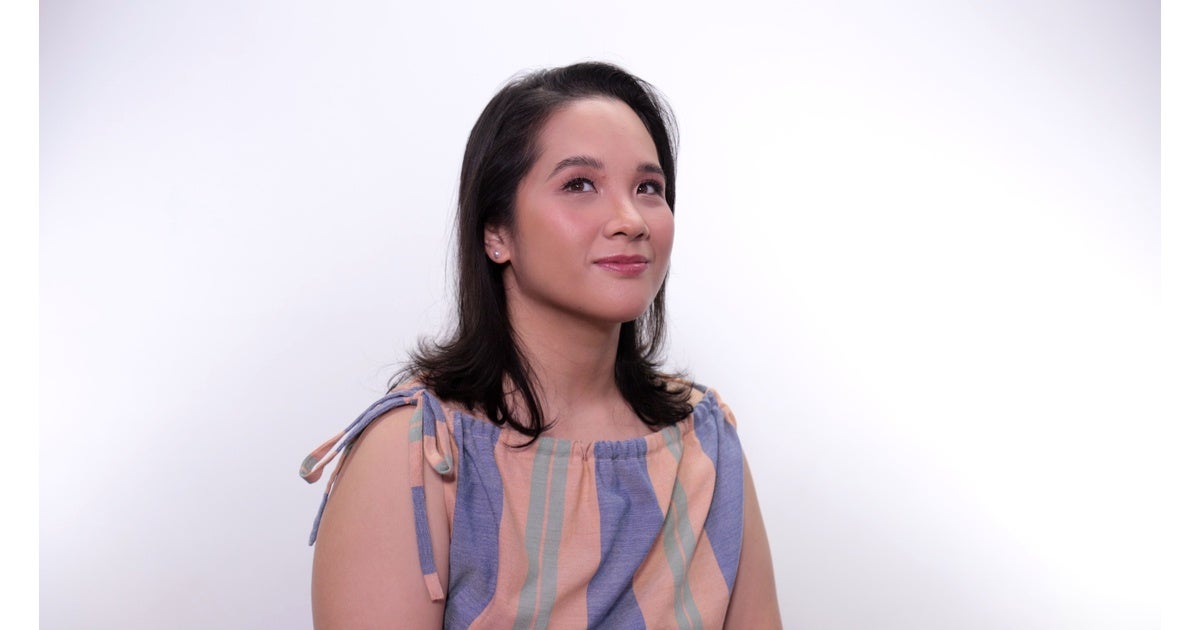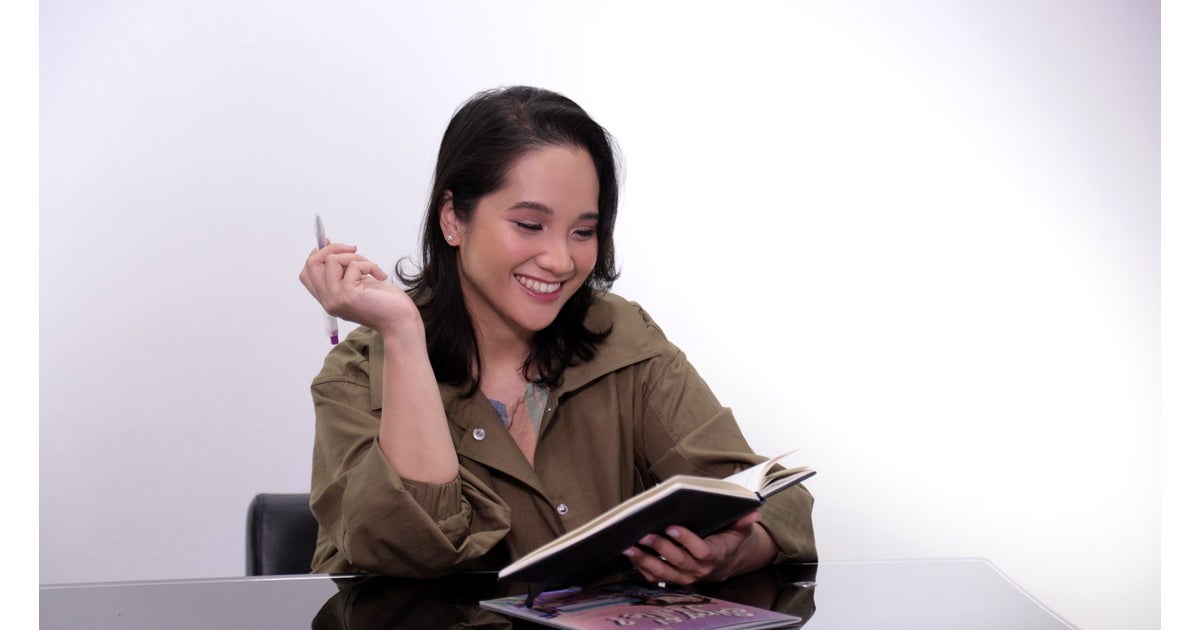“Nothing Ever Happens on My Block” is one of Ellie de Castro’s favorite books. It’s not an academic title or a dense read on anthropology. It’s a simple children’s story about noticing the extraordinary in the everyday. In many ways, it mirrors the way Ellie sees the world: curious, observant, and always looking a little closer.
When you think of archaeologists, the image that often comes to mind is Indiana Jones — whip in hand, dusty hat, chasing ancient treasures and danger in equal measure. Ellie de Castro is nothing like that. Soft-spoken and deliberate, she carries the kind of patience you’d expect from a kindergarten teacher. But beneath that calm exterior lies a relentless curiosity and the tenacity to follow every thread until it leads somewhere worth finding.
That drive, she says, was shaped early on. “I grew up in UP, where everyone was always learning,” she recalls with a smile. “I just thought curiosity was normal.”
That curiosity would later lead her down a two-year journey to find someone most people had forgotten: Nellie E. Brown, the woman behind the name of an elementary school in Olongapo.
The Question That Started It All
It began with cake. On her father’s 69th birthday, a friend gifted him four cakes that needed to be picked up an hour away. During the drive back, Ellie casually asked where the two had met.
“At Nellie E. Brown Elementary,” he replied.
She asked who Nellie was. He didn’t know.
“That night, we started Googling,” Ellie recalls. “We thought it would take five minutes. It took two years.”
That simple question—Who was Nellie Brown?—became the spark for Finding Nellie, a documentary that now sits at the intersection of history, family, and memory.
The Science of Following Threads
Where others might have let the question fade, Ellie and her father kept going. “We just found it fun,” she says. “Every time we thought we were close, we’d get a wrong answer, and that made us even more determined.”
Joining the search were her friends Peg and Rachel, both National Geographic Explorers and teachers. Together, they chased clues across archives, newspapers, and half-remembered stories from elders in Olongapo.
“We found the answer in a local paper thousands of miles away, in Bangor, Maine,” Ellie explains. “The captain of the Subic Naval Base named the school after his kindergarten teacher. She must have meant something to him.”
But perhaps what Ellie and her team truly found wasn’t Nellie Brown herself, but the ways in which communities remember and forget.

What We Choose to Remember
As they searched for Nellie, the story began to shift. “People didn’t know who Nellie was,” Ellie shares, “but they remembered my grandmother. Or they’d say, ‘We remember your dad and his siblings as kids.’ It became a story about our family too.”
In a city whose archives have been scattered by floods, fires, and even the eruption of Mount Pinatubo, much of Olongapo’s history has survived only in memory. “When the U.S. base closed, a lot of the records went with them,” Ellie explains. “And Olongapo hasn’t had a city museum for more than a decade. Hopefully, that changes soon.”
Through Finding Nellie, she gave a piece of that history back—not just to her family, but to the students who walk through Nellie E. Brown Elementary every day without knowing the story behind their school’s name.
From the Field to the Screen
Trained as an archaeologist, Ellie has always loved uncovering stories, though her tools now include cameras and notebooks instead of shovels and trowels. “My academic training taught me how to do research, but I’ve always been drawn to storytelling,” she says. “After all, I learned about history not from papers, but from what I watched and read growing up.”
Since earning her first National Geographic Society grant in 2016, Ellie has been intentional about merging science and storytelling. Finding Nellie became proof of that, evolving into a book, a film, and even a TikTok series that brings history closer to students and families.
“I started writing my field notes like a diary,” she admits. “That helped me remember not just the clues, but the people we met along the way.”

The Bigger Picture
Finding Nellie is more than a film about one woman’s forgotten legacy. It’s an act of remembering, of turning individual stories into collective memory.
“You remember people who matter to you,” Ellie says. “Nellie wasn’t part of Olongapo’s story, but by learning about her, people started to remember their own.”
And that may be the real triumph of Finding Nellie: it makes you wonder about the Nellie Browns in your own life, the quiet figures whose stories ripple through generations.
Ellie de Castro may not wield a whip or wear a fedora, but she does something far rarer. She teaches us to look closer, to listen longer, and to care more deeply about the past that built us.
Because to find Nellie is, in many ways, to find ourselves.

